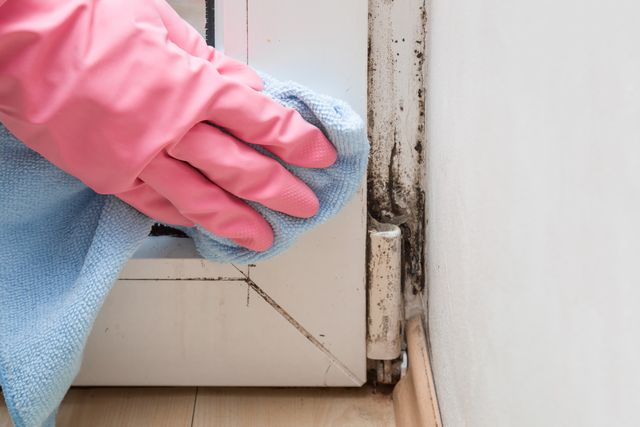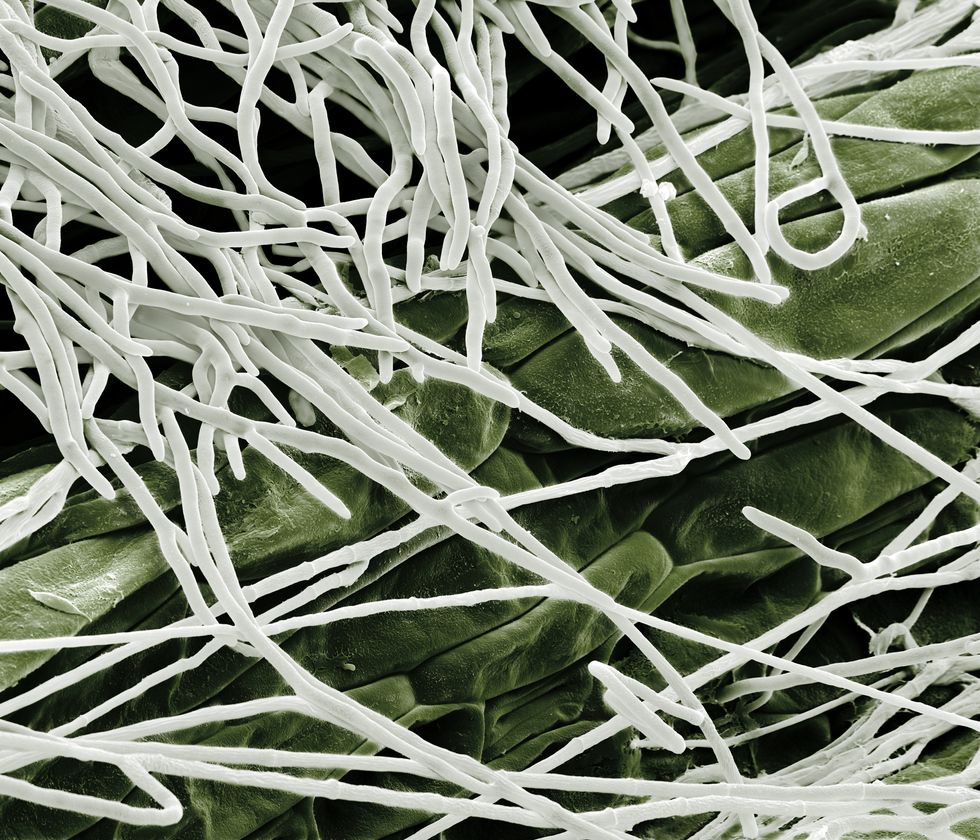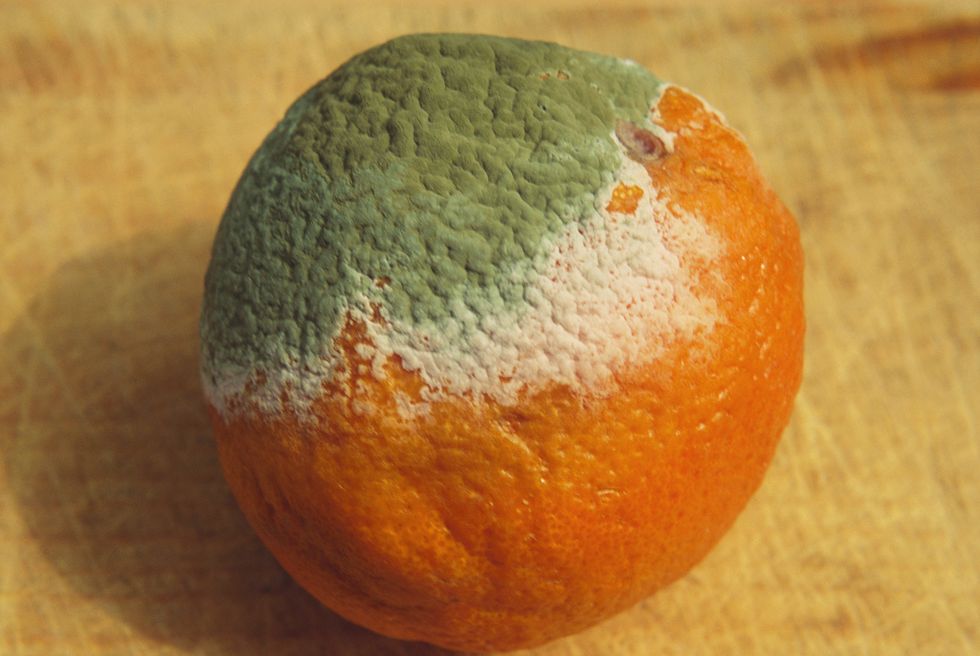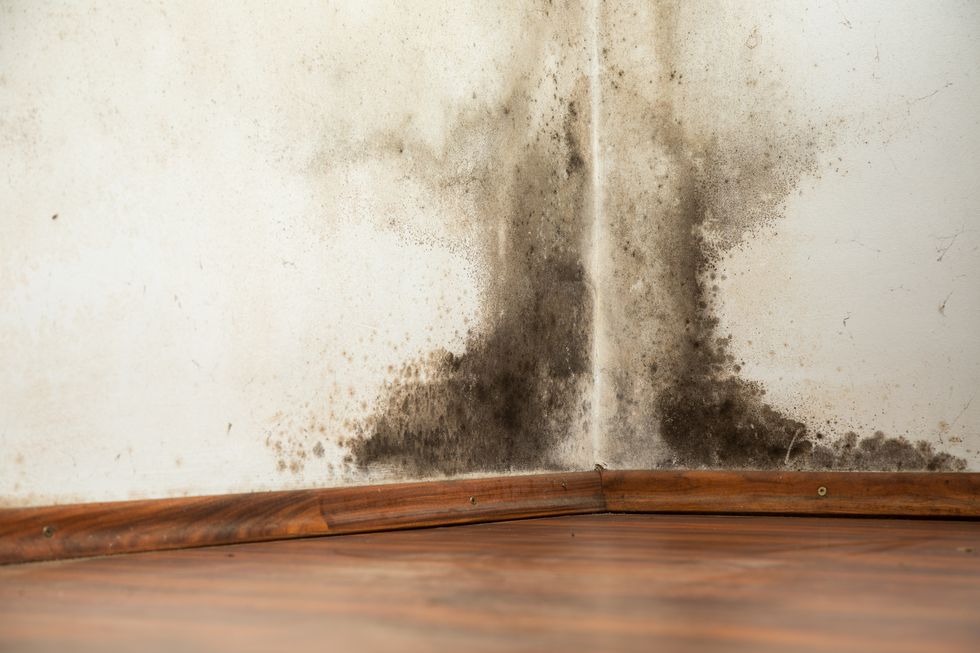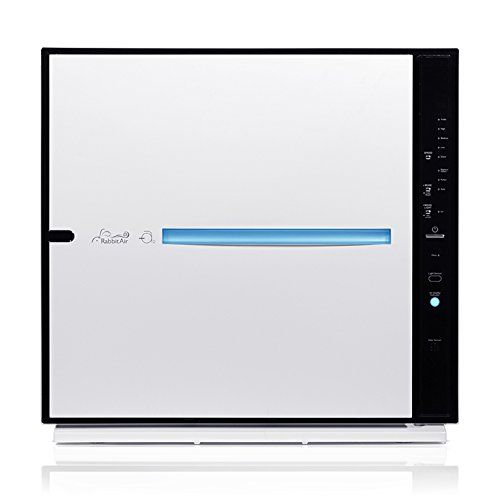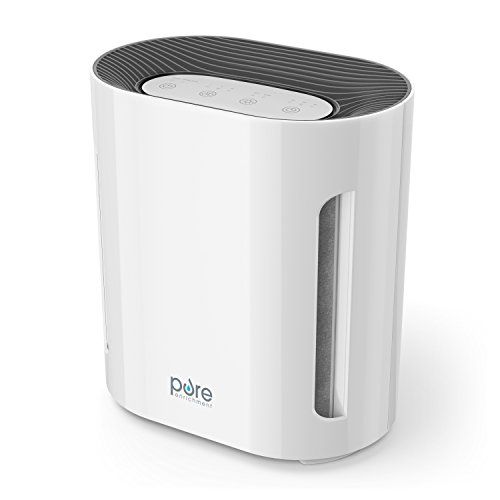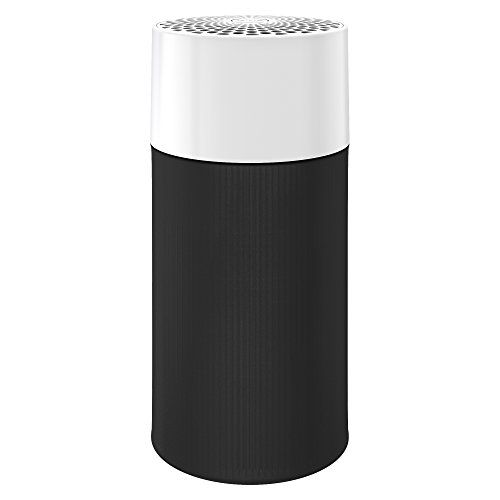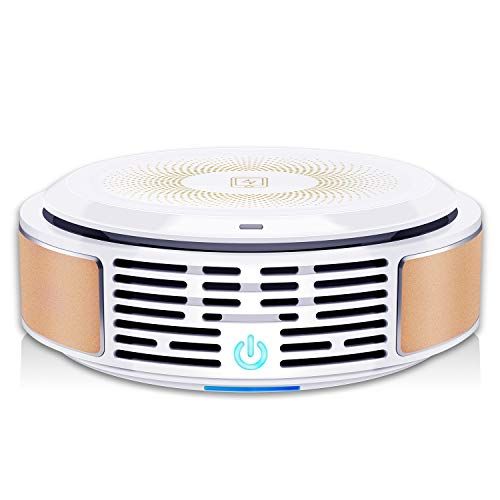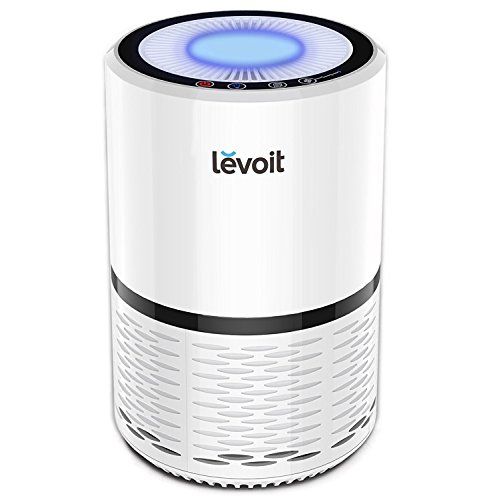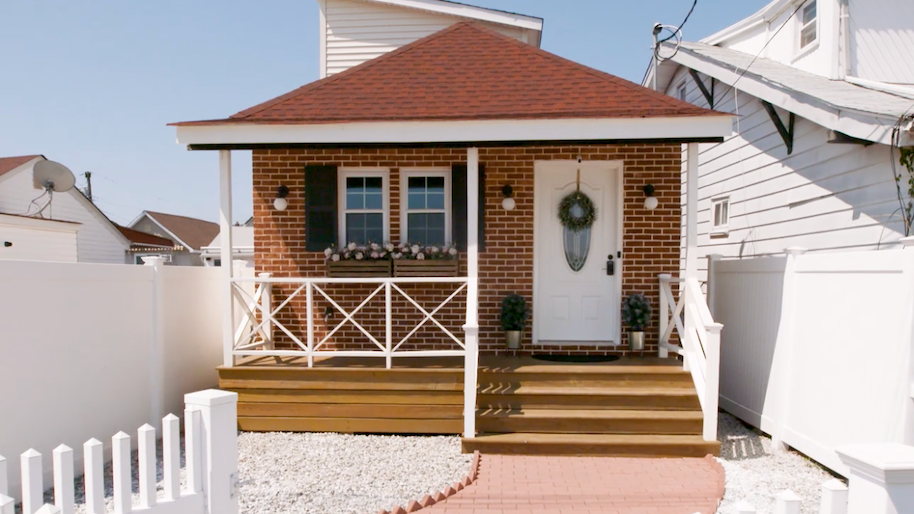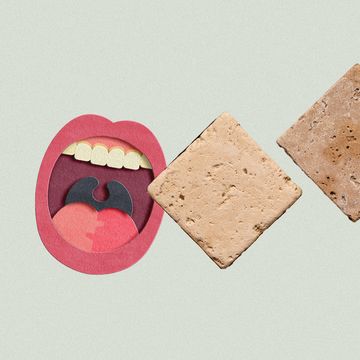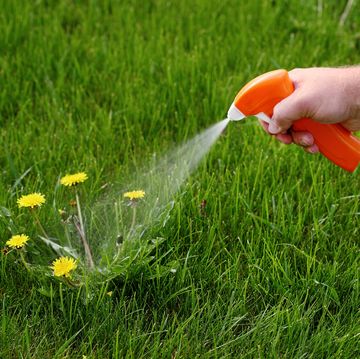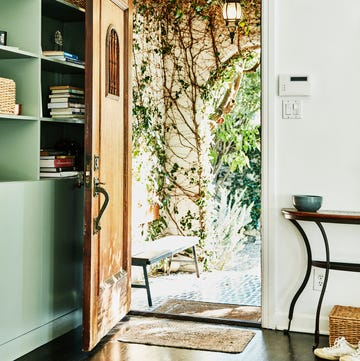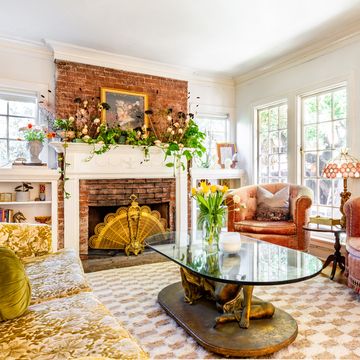I know what you're thinking—"what happened to House BEAUTIFUL?!"—but here's the deal: I adore gorgeous homes as much as the next person, but unfortunately, not everything about them is glamorous. And mold is one of those unavoidable, inevitable things every homeowner (and renter) just has to deal with.
According to AerIndustries, a company that specializes in air movers, dehumidifiers, and other gadgets that prevent grime, "the average homeowner cannot properly control and eliminate [mold] themselves." So, if you do spot the following in your house, turning to a professional mold-removal company is always recommended.
No matter the type of mold you have identified, they all have one thing in common: They love moisture and thrive in temperatures between 60 and 80 degrees. The first step of the remediation process is to locate and identify the mold, so here are the 12 most common kinds and how you can identify them—as told by AerIndustries:
1) Acremonium
- Classification: Toxigenic (meaning it can be harmful to you!)
- Appearance: It starts as a small, moist mold and turns into a powdery substance. It is often pink, grey, orange, or white.
- Location: Typically grows in home systems like humidifiers, cooling coils, drain pans, and window sealants. It is also sometimes known to grow alongside strachybotrys (black mold) and others.
- Risks: Exposure to this type of mold is dangerous. Risks can include bone marrow and immune system diseases, as well as impaired brain function.
2) Alternaria
- Classification: Allergenic (meaning it could make you cough, break out in hives, and get itchy, watery eyes; it's the most common kind of allergenic mold)
- Appearance: Has a velvety texture with "dark green or brown hairs"
- Location: You can typically find this mold in showers, bathtubs, and below sinks. It often signifies water damage, and it spreads quickly.
- Risks: Symptoms of asthma
3) Aspergillus
- Classification: Allergenic, but capable of being toxic, depending on species
- Appearance: "Long flask-shaped spores that can form thick layers or walls of mold." Because there are more than 185 species of Aspergillus, it comes in many different colors.
- Risks: Minor risk, however, Home Air Quality Guides reports that more "severe reactions include respiratory infections, allergic reactions, and inflamed lungs." Certain species of this mold may produce a deadly carcinogen called aflatoxins.
4) Aureobasidium
- Classification: Allergenic
- Appearance: Normally a pink, brown, or black color, but as it ages, it typically becomes a darker brown.
- Location: Often found behind wallpaper or on painted/wooden surfaces.
- Risks: Eye, skin, and nail infections.
5) Chaetomium
- Appearance: This cotton-like textured mold usually begins as white in color, and eventually darkens with time, from gray to brown to black.
- Location: Normally in buildings that are very water-damaged, specifically your roof, basement, pipes, and drywall. Watch out for a musty smell.
- Risks: Skin and nail infections
6) Cladosporium
- Classification: Allergenic
- Appearance: AerIndustries describes this type of mold as an "olive-green or brown colored mold with a suede-like texture."
- Location: Found frequently in carpet, fabrics, upholsteries, wood floors, and cabinets
- Risks: Respiratory and breathing issues
7) Fusarium
- Classification: Allergenic and Toxigenic
- Appearance: Pink, white, or red
- Location: Typically found in carpet, wallpaper, and other fabrics. It naturally grows on food, and it spreads quickly.
- Risks: Skin infections and allergic reaction symptoms (i.e. sore throat, runny nose, itchy eyes, sneezing, etc). "Prolonged exposure to fusarium can cause other severe and life-threatening conditions, such as bone infections or a brain abscess," AerIndustries reports. Eventually, the toxins can damage nervous systems and lead to potential hemorrhaging and internal bleeding.
8) Mucor*
- Classification: Allergenic
- Appearance: White or gray in color, grows in thick patches quickly
- Location: Near A/C units, HVAC ducting, and old & damp carpets where there's moisture from condensation
- Risks: Asthma and/or flu-like symptoms. In severe cases, it can cause mucormycosis—a fungal infection, which can damage and infect your eyes, nose, sinuses, lungs, and brain.
*Never handle this yourself. Always call in a pro's help.
9) Penicillium
Yes, this is "responsible for important antibiotic production and food processing capabilities," AerIndustries reports.
- Classification: Allergenic
- Appearance: Bluish or greenish in color with a velvet-like texture.
- Location: Water-damaged buildings—particularly in mattresses, ducts, wallpaper, and carpets. It also spreads quickly.
- Risks: Unlike the antibiotics produced from this, these mold spores can easily move throughout the home in the air and be inhaled, causing respiratory problems, pulmonary inflammation, asthma, and potentially chronic sinusitis.
10) Stachybotrys (AKA Black Mold)
- Classification: Toxigenic
- Appearance: Dark green or black, with a slimy texture
- Location: Areas that are damp, wet, and humid for weeks—including wood, cardboard, and wicker
- Risks: Severe health troubles (i.e. trouble breathing, fatigue, sinusitis, and depression), as well as neurological problems and pulmonary bleeding in children and infants, respectively.
11) Trichoderma
- Classification: Allergenic
- Appearance: Usually white and green woolly patches, though there are 5 different sub-species
- Location: Wet fabrics, wallpaper, carpet, and other surfaces, as well as moist areas where condensation has built up (i.e. A/C filters and HVAC ducts)
- Risks: "Most trichoderma molds are non-pathogenic," AerIndustries states, but other types produce mycotoxins, which can cause sinusitis, allergic reactions, and other health problems
12) Ulocladium
- Appearance: Black in color, typically
- Location: Often found in kitchens, bathrooms, basements, and windows where there is extreme water damage or levels of high condensation
- Risks: Can cause severe reactions like hay fever, skin infections, asthma symptoms, and trouble breathing
If you have mold in your home, call a professional ASAP to keep it from spreading quickly. If you don't, Home Air Quality Guides suggests purchasing an air purifier as a way to trap mold spores before they land and grow throughout your home.
Follow House Beautiful on Instagram.
